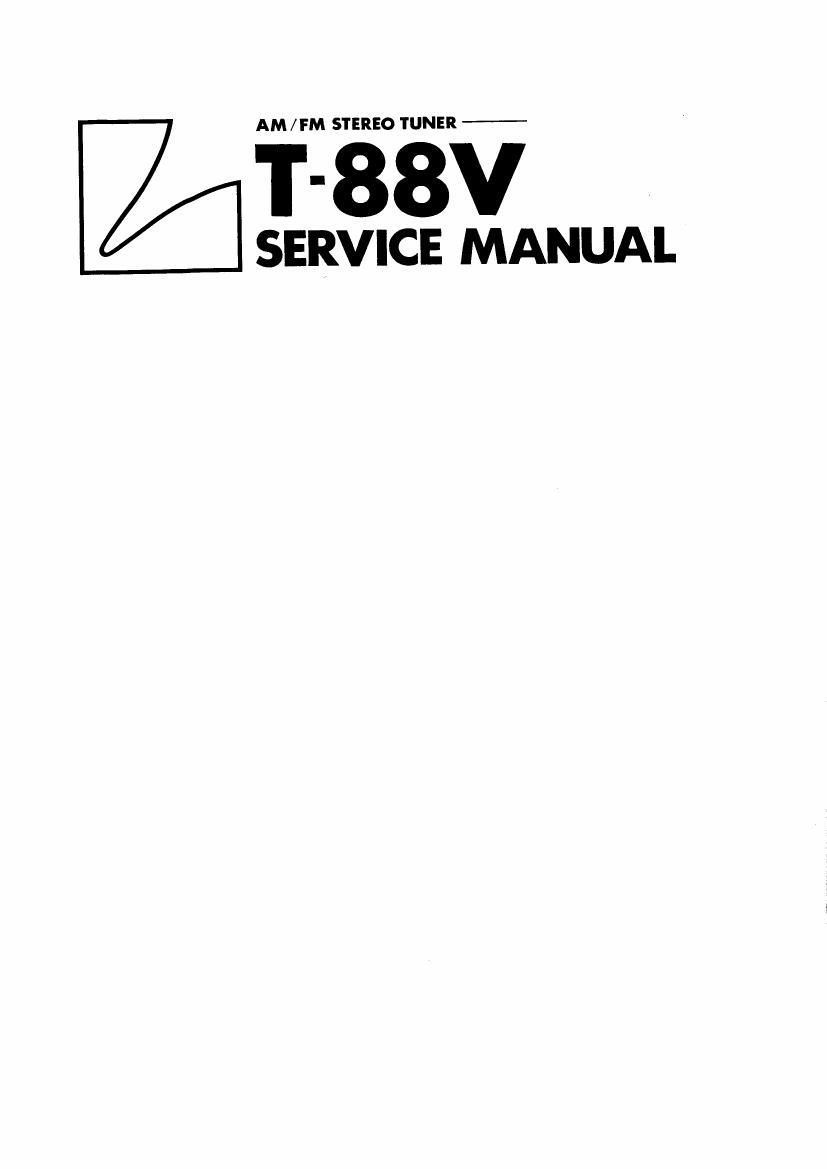Luxman t 88 v service manual
This is the 13 pages manual for luxman t 88 v service manual.
Read or download the pdf for free. If you want to contribute, please upload pdfs to audioservicemanuals.wetransfer.com.
Page: 1 / 13
